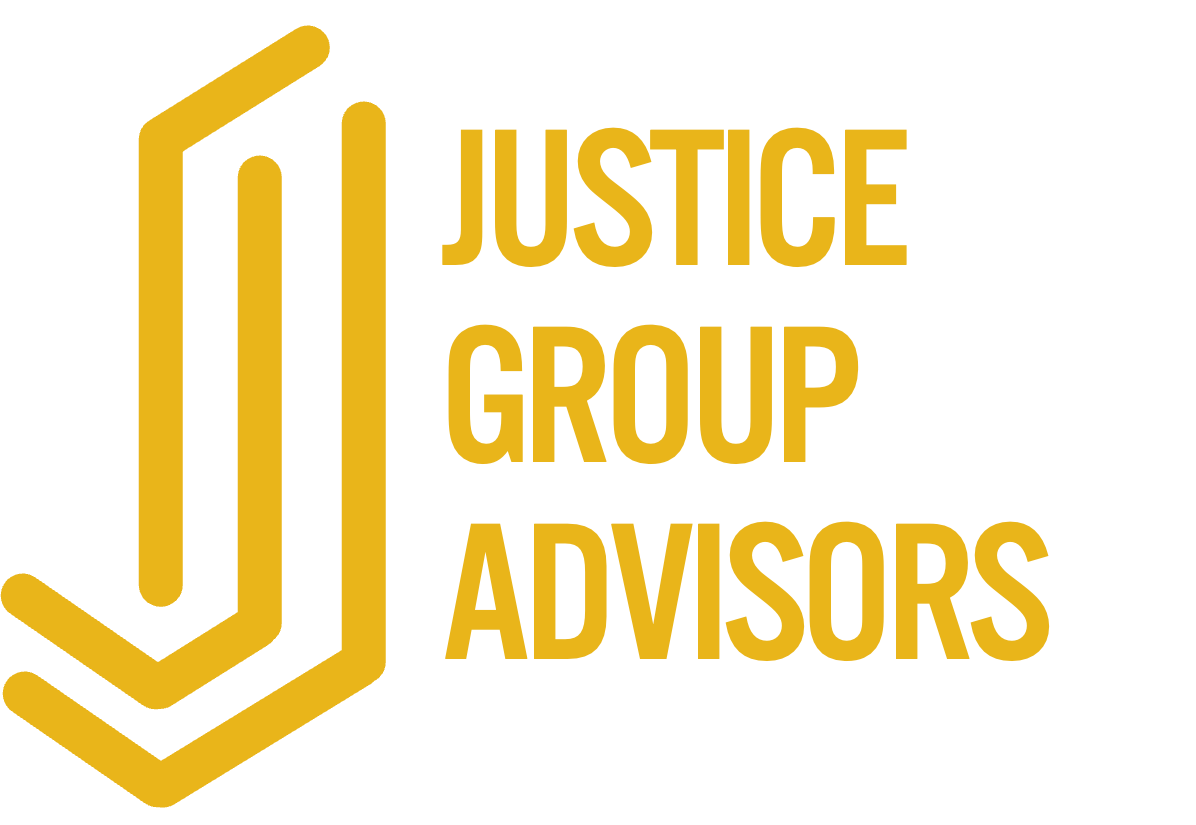Get Your Company to Pay for Coaching: Top Insider Tips
Investing in executive coaching can be a game-changer for your career—and a significant asset for your organization. But convincing your company to cover the cost? That’s another story.
The key is crafting a compelling business case—one that ties coaching directly to your company’s priorities and demonstrates its strategic value. Drawing on my experience as a C-suite executive reviewing countless coaching proposals, I’ve identified what works (and what doesn’t).
Here are my top insider tips to help you secure company sponsorship for executive coaching.
1. Make It About the Business, Not Just You
A common misstep is framing coaching solely as personal development. While improving your skills is important, your business case must focus on how coaching addresses a critical organizational need.
Identify the Problem: What challenge is your organization facing? Examples include boosting team engagement, accelerating a strategic initiative, or improving productivity.
Connect to Strategic Goals: Show how addressing this challenge supports your company’s broader objectives.
Example: Instead of saying, “I want to be a better communicator,” frame it as, “Improving my communication skills will enable my team to adopt the new strategic plan more effectively, reducing resistance and saving time.”
2. Build Credibility with Research
Your sponsor needs to trust your proposal is well-reasoned and based on thorough research. Establish credibility by presenting coaching as the best solution after considering alternatives.
Compare Options: Use a Decision Matrix to evaluate potential solutions, including the option of doing nothing.
Leverage Data: Highlight coaching’s impact with specific, tailored evidence. Avoid generic ROI stats; instead, estimate the financial and operational benefits to your company.
Pro Tip: Incorporate tangible metrics, such as reduced attrition, improved productivity, or faster project delivery, to emphasize coaching’s value.
3. Paint a Vision of Success
Help your sponsor envision the positive outcomes of investing in coaching. Storytelling can make your proposal more compelling and relatable.
Be Pragmatic: Outline a clear plan for coaching implementation and tracking results.
Be Concrete: Highlight measurable benefits, like stronger leadership alignment, enhanced team performance, or improved decision-making.
Example: “With coaching, I’ll lead my team through the upcoming transformation more effectively, ensuring we meet deadlines and stay within budget.”
4. Present Strategically
Timing and delivery can make or break your pitch. Lay the groundwork before formally presenting your proposal.
No Surprises: Discuss the organizational challenge with your sponsor beforehand, so your proposal feels like a logical next step.
Choose the Right Format: Whenever possible, present your business case in person or via video to engage directly and adjust based on your sponsor’s reactions.
5. Use Proven Tools to Make Your Case
To simplify the process of creating your business case, I’ve developed a free PDF guide that walks you through the steps. You’ll find:
A breakdown of the four key components of a successful business case.
Tips for using a Decision Matrix to evaluate solutions.
Guidance on framing coaching as a strategic investment, not a personal expense.
Related Articles You Might Like
How Executive Coaching Helps Navigate Layoffs and Overcome Survivor Syndrome
Learn how coaching supports leaders in rebuilding resilience and guiding their teams post-layoffs.Does Your Job Offer Include Executive Coaching? Here’s Why It Should
Negotiate coaching into your job offer for a win-win, and set yourself up for success.Avoid These 5 Mistakes When Asking for Coaching Sponsorship
Discover common pitfalls and how to avoid them to secure your company’s support for coaching.


